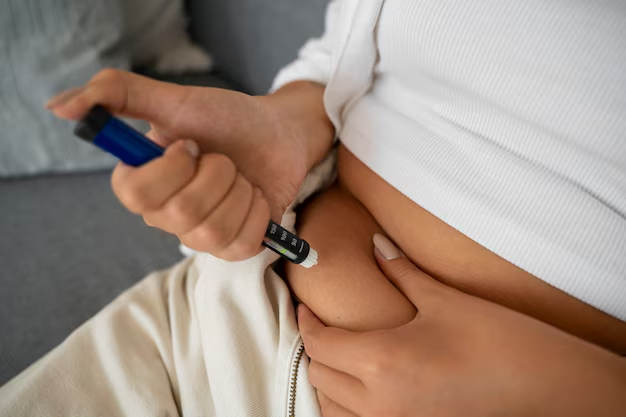Discovering the Ideal Blood Sugar Levels for Diabetics
Navigating the intricacies of managing diabetes is a journey that many people embark upon with varying degrees of understanding and success. Central to this journey is maintaining the right blood sugar levels. But what exactly constitutes a "good" blood sugar level for a diabetic, and how can individuals ensure they're striking that balance?
Understanding Blood Sugar Levels
For someone with diabetes, blood sugar levels enter into a delicate balancing act. Regular monitoring is crucial to avoid dangerous highs and lows that can have serious health implications. Normal blood sugar levels for a person without diabetes typically range between 70 and 99 mg/dL when fasting. However, if you have diabetes, maintaining a level below 130 mg/dL before meals is typically recommended, while postprandial (after eating) levels should ideally stay below 180 mg/dL two hours after a meal.
The Importance of Individualized Targets
It's important to remember that these numbers can vary based on individual health needs. Consulting with a healthcare provider will help set personalized targets because factors like the type of diabetes, age, lifestyle, and any other health issues can influence what a good blood sugar level should look like for you.
Tips on Maintaining Good Blood Sugar Levels
- Regular Monitoring: Keeping an eye on your levels with a glucose meter or continuous glucose monitoring system is essential.
- Healthy Diet: Incorporate a balanced diet rich in fiber, lean protein, and healthy fats while being mindful of carbohydrate intake.
- Stay Active: Regular physical activity can significantly help to regulate blood sugar levels.
- Medication Compliance: Take prescribed medications as directed by your healthcare provider.
Addressing the Financial Burden
Managing diabetes is not only a medical task but often a financial one, too. The costs of glucose monitors, medications, and even healthy foods can add up quickly. Fortunately, there are resources and programs that can help ease this burden.
Exploring Financial Assistance
The significance of financial assistance cannot be overstated when it comes to managing chronic conditions like diabetes. There are various government aid programs and financial supports available to ease the strain:
- Medicare and Medicaid: These programs offer substantial support for medical expenses, including diabetic supplies and medications.
- Disability Benefits: If diabetes complicates work ability, Social Security Disability Insurance may help.
- State Pharmaceutical Assistance Programs (SPAPs): These can help cover medication costs for those eligible.
- Non-Profit Organizations: Groups like the American Diabetes Association often provide grants and assistance programs to those in need.
- Health Savings Accounts (HSAs): These accounts offer tax advantages for medical expenses, including diabetic supplies.
⏩ Quick Access to Financial Aid Resources
📋 Government Assistance
- Medicare: Covers diabetic testing supplies, insulin, and therapeutic shoes.
- Medicaid: Offers medical coverage for low-income individuals, including diabetes management support.
💰 Disability Benefits
- SSDI: Provides income to those unable to work due to diabetes-related complications.
💊 Healthcare Programs
- SPAPs: Vary by state, designed to help pay for medications.
✨ Non-Profit Support
- American Diabetes Association: Education and possible financial aid for diabetic patients.
💼 Financial Tools
- HSAs/Flexible Spending Accounts (FSAs): Use pre-tax dollars for diabetic care expenses.
Understanding and managing blood sugar levels is a crucial aspect of living with diabetes, ensuring a quality life while mitigating health risks. By leveraging educational resources and financial assistance programs, maintaining your health becomes a more economical and accessible endeavor.
